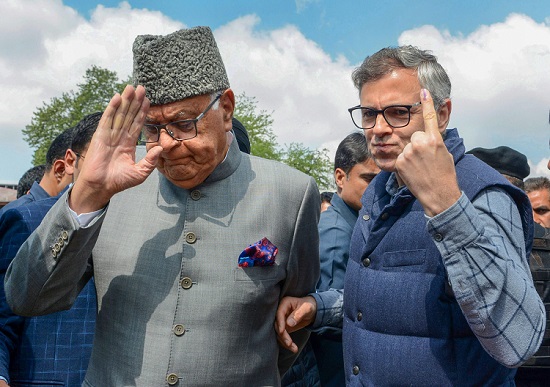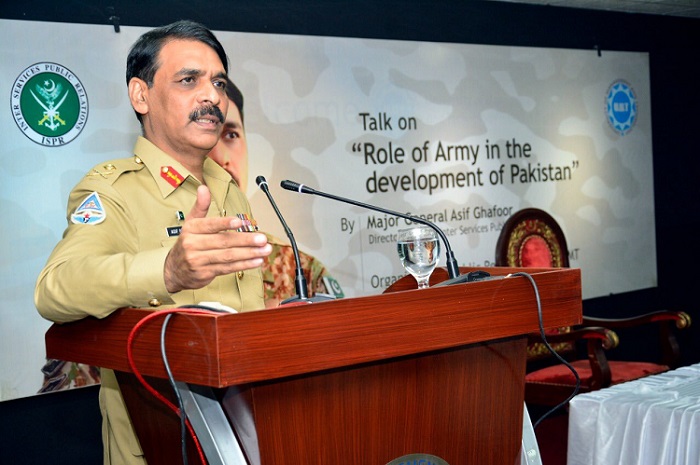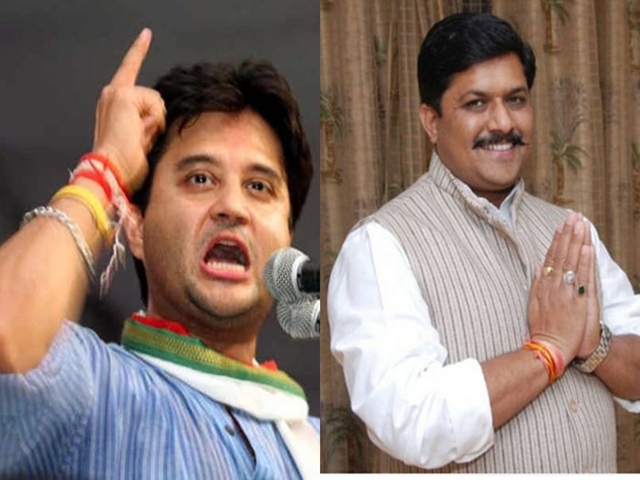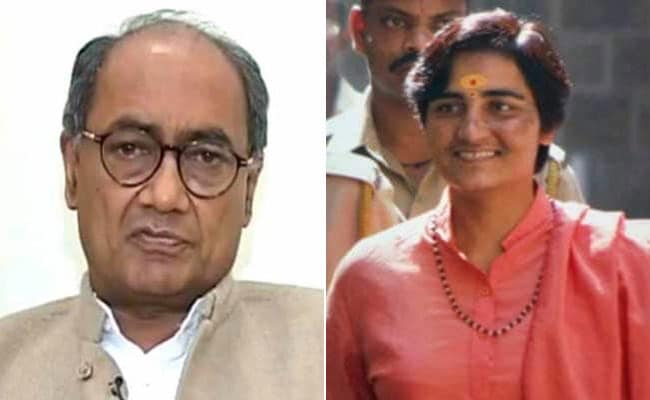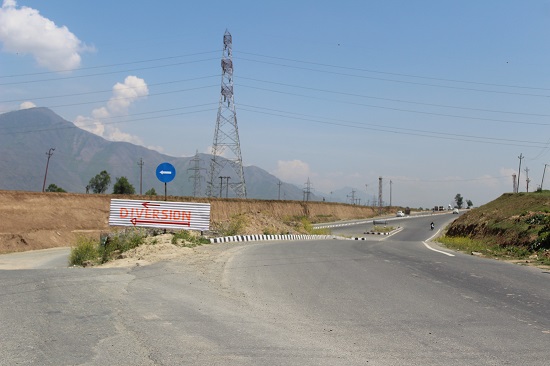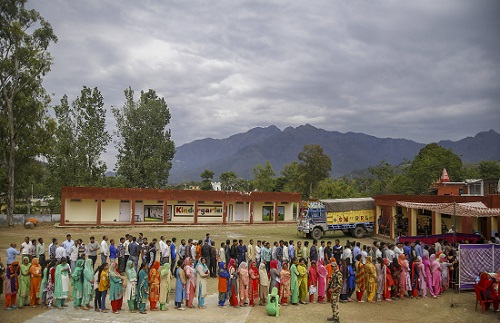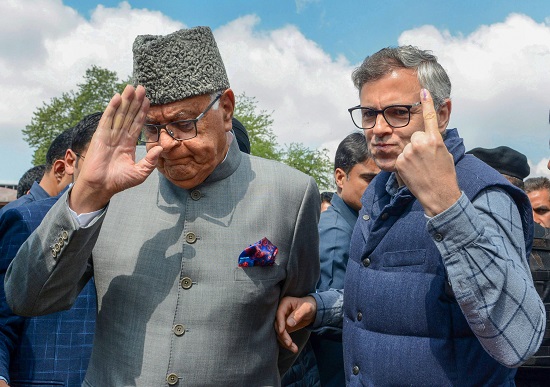Three rounds of the 2019 Lok Sabha elections are over.
The voice of the opposition leaders is getting shriller and louder as they seem to see the writing on the wall. Their desperation is evident as they jump from one non-issue to another hoping that the electorate will listen and accept some charge against the Narendra Modi Government.
Politicians can lie with a straight face. They repeat their lies over and over again and at some stage they start to believe their own lies.
Let us look and evaluate the top 10 non-issues that the opposition parties keep talking about.
- Corruption: Recognising that Prime Minister Modi has established that there is no corruption in the Government, the opposition is desperate to make some credible charge of corruption that the voters may accept. Rahul Gandhi has cried himself hoarse on corruption in the Rafale deal and the ridiculous charge that Anil Ambani was given huge aircraft orders. Mr Gandhi has changed the numbers from Rafale and the use of these “Rafale” funds at will, depending on the audience he addresses without understanding that his speeches are being recorded and compared, if for nothing else, at least for consistency. Not surprisingly, none of the other opposition parties have picked up this issue or any other corruption issue of the Modi Government.
- Rs 15 lakh: A common comment of several opposition leaders is to try and remind voters that Mr Modi had “promised” Rs 15 lakh to each voter in the 2014 elections. They also manage to get some motivated voters to demand this on television when biased journalists ask for sound bytes. The fact that opposition parties have not been able to find Mr Modi’s speech where this promise was allegedly made is evidence enough. If there was such a speech, this would have been a single point agenda for the 2019 elections.
- Farmer distress: Much has been written on farmer distress. This is a problem that has been addressed over the past 70 years without much success. We need a credible policy that will ensure that farmers get remunerative prices for their produce, good quality seeds, enough fertilizer, proper storage facilities and plenty of water. Only the Modi Government has addressed these five basic requirements for agriculture. Agrarian distress is a challenge that will take time to handle. Repeated loan waivers, practiced by the Congress, does not help build sustainable financial well-being of our farmers. They want an opportunity to earn money and become dependent on Government handouts. Senior agrarian leaders like Sharad Pawar and Deve Gowda have seen farmer distress and farmer suicides in their states under their leadership. It would be interesting to see their comments on how they handled farmer distress when they were in power.
- Job creation: The Congress keeps going back to lack of job creation in the past 5 years. They have not been able to make this into a significant poll issue since the millennials are not buying into this. Sufficient jobs in the Government may not have been created but a growing economy with huge infrastructure spending is creating plenty of jobs in the private sector. Provident Fund numbers have doubled. Startups are at an all time high. The transportation sector is witnessing a boom like never before. Fast moving consumer goods companies are seeing a significant increase in demand from the rural and semi-urban areas. The Government needs to quickly develop more credible data on job creation in the private and unorganized sector to counter similar allegations in future.
- Arithmetic over Chemistry: Opposition leaders are coming together to fight elections in some States and fighting one another in other States. Mayawati and Akhilesh Yadav are together in Uttar Pradesh and are fighting the Congress and yet all parties come together on common opposition platforms. Kejriwal and Congress decide to go their own ways in Delhi but want to come together in Haryana. These leaders assume that coming together will result in a simple arithmetic of adding up their voters from the 2014 elections. They assume that the voter cannot see through their non-alliances and their inherent contradictions and forget that the chemistry of the voter with their leader is more important than the arithmetic of numbers.
- Pulwama and Balakot: Wars around the world have a direct impact on politicians. Every opposition leader would want to be in the position of the ruling party on Pulwama and Balakot. Mr Modi took the decision to allow the Armed Forces to hit back and he can rightfully take credit for this decision. Indira Gandhi took credit for the 1971 war when Bangladesh was created. Mr Vajpayee got the credit for the Kargil war. Mr Modi has every right to take credit for Balakot. Opposition leaders forget their remarks after the Pulwama attacks and the lack of an immediate credible response from Mr Modi. When action was taken, they started to cry foul. Conversely, had the operation not succeeded, would the opposition leaders have forgotten this and not made the failure an election issue?
- Demonetisation and GST (Goods and Services Tax): Opposition leaders understand that the initial pain of demonetisation has been forgotten. GST has made a significant change in the lives of the common man. Demonetisation and GST are no longer an election issue and much as Rahul Gandhi would like to keep drumming up this subject, the voter has no time to keep listening to more lies and untruths on these subjects.
- Save democracy and secularism: Mamata Banerjee and Arvind Kejriwal keep shouting about the need to save democracy and vote out the Bharatiya Janata Party. While Mamata Banerjee runs a dictatorial Government which accepts no opposition, Kejriwal is a leader of no significance in these elections. Opposition leaders who are desperately trying to encourage voters to vote along religious lines are also talking of secularism in the same breath. These opposition leaders are shouting about saving India’s democracy in the middle of the largest democratic elections the world has ever witnessed!
- No development: Sweeping statements have been that there has been no development in India over the past 5 years when all indices indicate that India is the fastest growing large economy in the world. Improvement in roads and power is there for everyone to see and experience. The growing international reputation and stature of India will make every Indian proud.
- Weak leader: Priyanka Gandhi has been shouting at the top of her voice that Mr Modi has been the “weakest” Prime Minister India has ever had. With almost no credibility in public life other than the fact that she looks like her grandmother, no voter can ever believe this ridiculous comment that she is desperately trying to peddle repeatedly.
Armies of liberal journalists have been scouring the data and past speeches, hoping to give some ammunition to their political masters. Evidence is being manufactured to try and sway the electorate, but these are being denied quickly and effectively by the ruling party.
The opposition leaders themselves are not convinced about what they should be talking about. The fact that there is not a single credible issue is the reason why the opposition parties are not being able to come together on a common platform. The only common agenda all opposition parties have is to remove Prime Minister Modi. This is not enough to convince voters who can see significant changes in their lives and know that they can expect much more development in the coming years.
The agenda set forth by Mr Modi in 2014 and again in 2019 is clearly being achieved. A lot has been completed and a lot more must be done in the coming 5 years.
Indians have always wanted a strong leader and now we have him.


